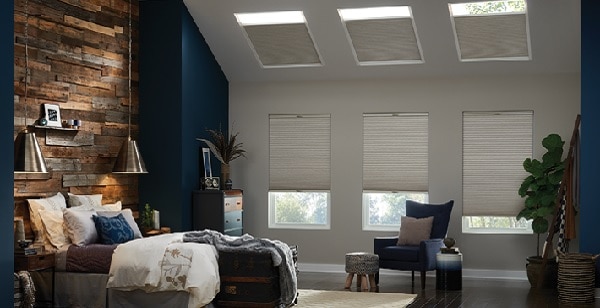Blackout. Seems pretty easy to understand, right? The very word inspires visions of pitch black, full darkness or the absence of light. Logically, it would be safe to assume that when a shade claims to be blackout, it emulates that word. If only it were that simple.
In the window treatment industry, blackout is broadly used and therefore can be deceiving as a descriptor. There are three major terms used to define blackout for window treatments and can vary by mount type and shade; blackout, room darkening and room dimming.
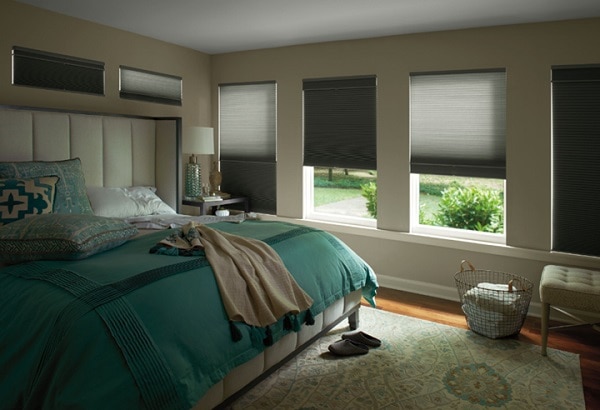
As window treatment experts, we understand how difficult it can be to ensure you select the level of light filtering you desire. We want you to make educated decisions and buy with confidence. How better to do that than to demystify what blackout actually means and what to expect with each product.
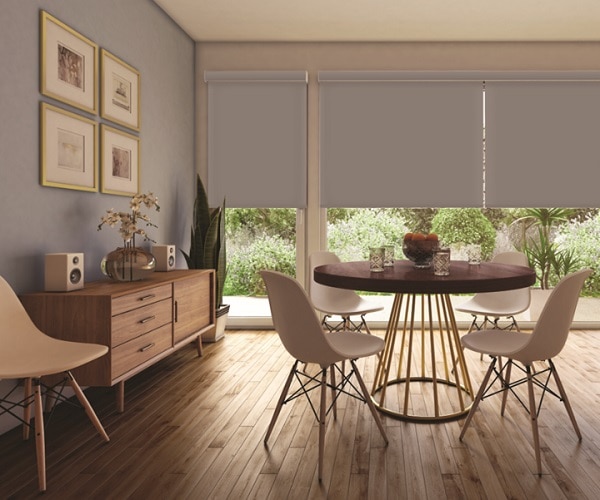
Blackout
The most common term for blocking light also has the unfortunate habit of being a blanket term to describe shades that moderately filter light to completely block light. Traditionally, blackout shades block 99-100% of light with multiple layers of material and light blocking liners.
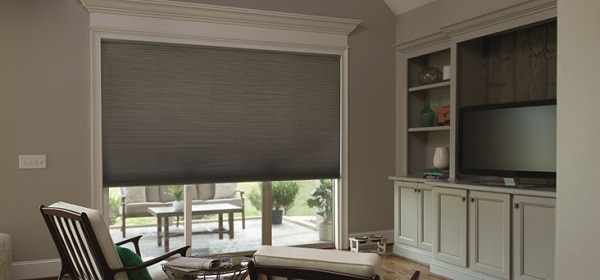
Cellular shades are the most successful in blocking light. They have a narrow headrail and slim profile so shade deductions are minimal, ensuring that the halo around the shade is as minute as possible. Some cellular shades, like our Ultimate Blackout Cellular Shades, also have the option of adding channels to the sides of the window frame to create a tight seal and are ideal for bedrooms and home theaters.
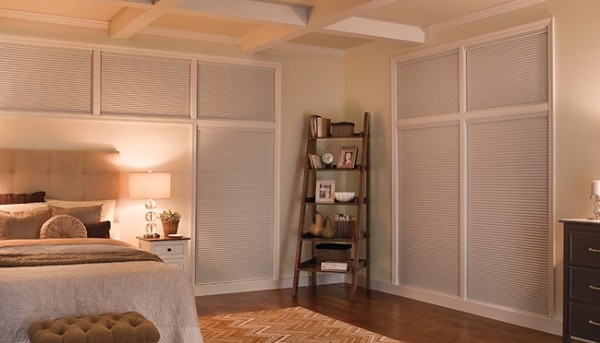
Roller shades are also quite successful in blocking light due to the fabric types used. Vinyl is commonly applied to the back of fabrics to ensure they do not allow light to seep through. Please be aware that if you’re using roller shades for blackout purposes, our standard width deduction will be larger than usual, due to different valances and lift types. This means that light gaps could be bigger, creating a bigger halo on inside mounts.
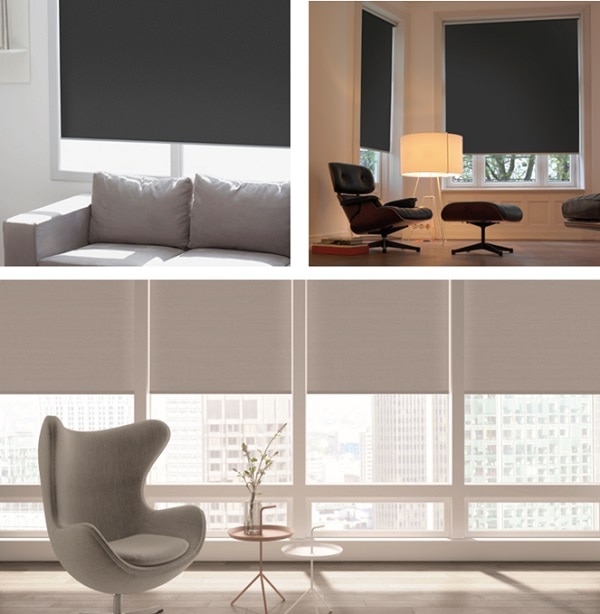
Room Darkening
For many products, the use of room darkening instead of blackout is just another way of notating it blocks light. Since blackout can be a misleading term, many brands have opted to use room darkening, so not to confuse with a product that creates full darkness. Room darkening shades block 95-98% of incoming light and have less layers than blackout.
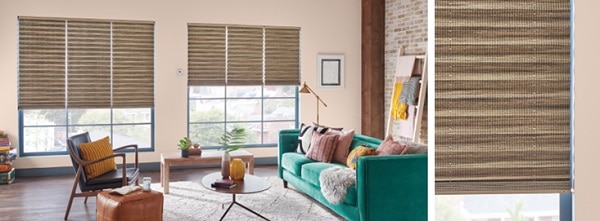
Pleated shades are more commonly listed as room darkening due to the nature of their construction. Pleated shades have partially exposed threads that allow the shade to lift and lower. The holes needed for this thread to run through create light gaps in the material that are very small but still let light through.
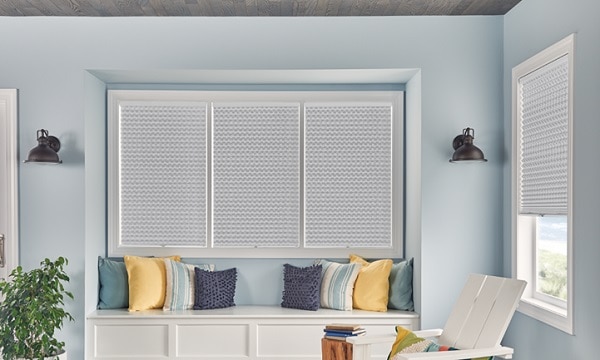
Room Dimming
Neither a strong enough light blocker nor transparent enough to be light filtering, this term is reserved primarily for one type of shade.
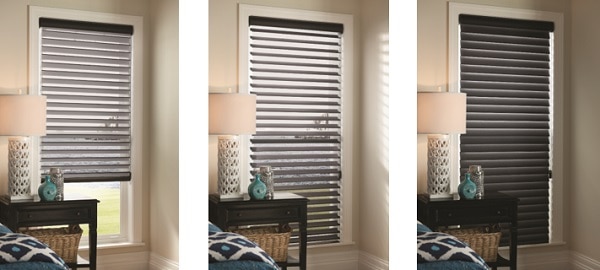
Sheer Shades, ethereal in appearance, are fashioned from fabric vanes that float between two sheer panels. Due to their fabric component and construction, it is difficult to create a blackout shade with sheer materials. Sheer shades do have a “blackout” fabric option, but the blackout component will live in the vane of the shade while the panels on either side remain sheer. This construction will assist in blocking more light but the use of sheer material guarantees that sheer shades cannot be defined as room darkening or blackout and are better for filtering light than blocking it.
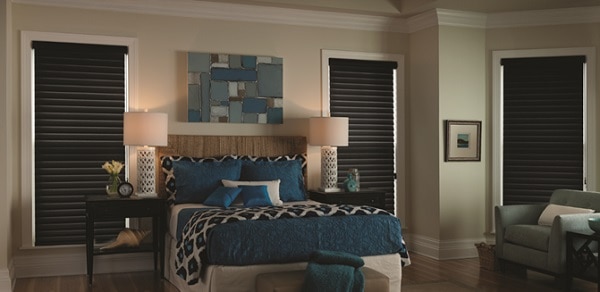
Woven Woods, Romans and Drapery
Woven Woods, Romans and Drapery are unique because they can be made with or without a liner, which allows them the flexibility of light filtering, room darkening and blackout qualities. The thickness and purpose of the liner will determine the level of light blocking. As a window treatment expert, I have a few tips when choosing one of these products.
• Regardless of how small the stitch is, roman shades are constructed by attaching the lift ring to all fabric layers, ensuring the product will function. This tiny hole will allow seepage regardless of size. If you opt for a blackout liner, you may see tiny pinpricks of light through the shade.
• When lining a roman or woven shade, manufactures avoid the risk of overhang by cutting the width on the liners narrower than the shade. This can create a gap on either side of the shade that is not lined where light will filter through.
• Ready-to-hang drapery often claims blackout in the title. A large majority of these drapes are NOT a true blackout or even a room darkening option. They will block more light than their unlined counterparts but if you are seeking true blackout drapes, I recommend going custom, like our Blindsgalore Designer Custom Drapery, to ensure a light blocking product.
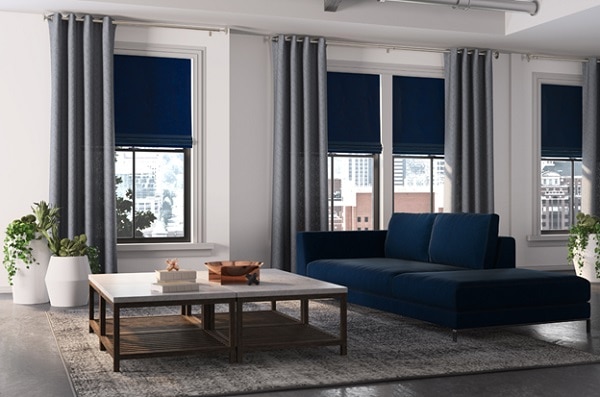
We’ve made it through the darkness but now it’s time for some truth telling. No matter how successful the blackout shade is at blocking light, you will not achieve full blackout of the room if you do an inside mount. When a shade is manufactured to mount inside a window frame, deductions are taken from overall width so the product fits and operates without scraping the sides of the window. The deduction produces a gap between the shade and the wall of the window frame, creating a light halo. The shade will still block most of the light streaming through the window but it cannot block all without a tight fit.
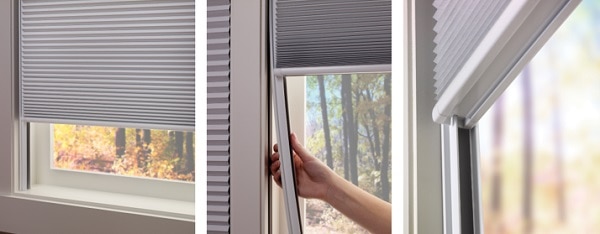
To control light halo on an inside mount, pairing cellular shades with side channels or layering shades with blackout drapery will assist in achieving a cave-like room. The other option to maximize light blockage is an outside mount, in which the shade width is greater than the window, allowing for additional fabric on all sides of the window, minimizing halo effect.
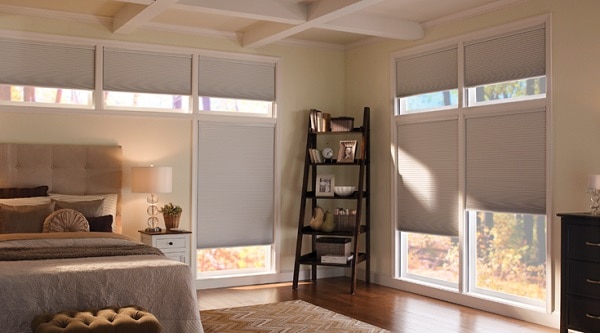
Regardless of shade style or mount type, the options for blocking light are vast and easy to discern, once you know the variation in meanings of room darkening. Window treatments can be masterful in managing your needs to a dark and peaceful room for any time of the day or night.

